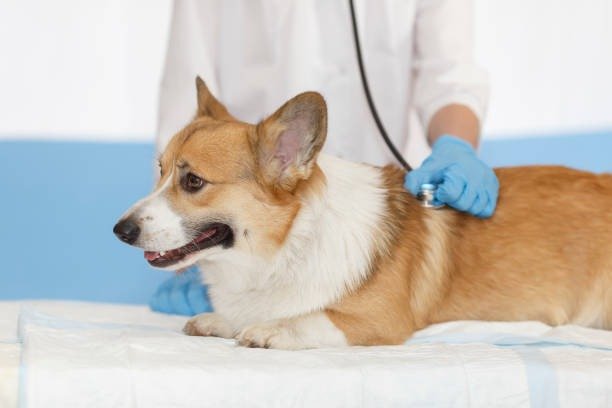Is your dog an excellent candidate for laser therapy? To put it gently, it’s possible. The fact that this method has been utilized on humans for years does not alter the fact that it is entirely risk-free and non-invasive when applied to animals.
What Is Laser Therapy?
To put it another way, laser therapy uses light to promote the health of living creatures. Regardless of this, this simple concept has a substantial deal of depth. Wavelength, strength, position, period, number of therapies, and other variables influence laser effects.
Using low-intensity lasers or light-emitting diodes (LEDs), laser therapy for pets intends to decrease pain and promote healing while stimulating cell function. Laser therapy can be utilized as a part of a multimodal therapy plan to assist with inflammation, discomfort, and the natural recovery process in dogs.
The Advantages of Laser Therapy for Dogs
Numerous veterinary therapy approaches are invasive, pricey, and necessitate extensive recuperation periods. When it pertains to severe and difficult-to-treat diseases, laser therapy is an excellent option. Laser therapy takes no more than ten minutes.
Isn’t it the best? You’ll be able to see the misery leave your pet’s face in real-time. Furthermore, below are some advantages of laser therapy for your pet.
It’s a Non-invasive Procedure
Compared to more invasive treatments like surgery, this one is exceptionally moderate on the body. During laser therapy, your pet is reclining or sitting conveniently on a comfortable bed while a nurse or vet directs the laser beam to the correct spot. Suppose you’d want to try this therapy for your pet but do not have access to a vet medical facility.
In that case, veterinary dentistry can help since they provide this kind of therapy. If you want to contact them, you can visit their home page.
It Reduces Inflammation and Swelling
Laser light can minimize the generation of pro-inflammatory molecules, lowering inflammation in the surrounding area. The lymphatic vessels in the area dilate as a result of this. There are multiple ways to enhance lymphatic vessels’ capacity, but raising the diameter of these pipes will enable more fluid to be drained from tissues.
Swelling is minimized due to less fluid being entrapped in the tissue. It’s ideal for integrating laser therapy with internal medicine in Lisle so that you can witness your pet’s development as soon as possible.
It Can Help Decrease the Pain
Endorphins, the body’s natural painkillers, are released more readily when the laser’s photobiomodulation enhances their release. The term “runner’s high” refers to a state of euphoria and lowered awareness of the pain after engaging in strenuous activity. Endorphins are usually related to this state.
Your dog hasn’t recently completed a marathon in this circumstance, but the same principles apply. Having more endorphins means less pain.
You Can Be With Your Pet During Procedure
As a pet owner, you might find it relaxing if you are present when your pet receives care from the veterinarian. Dog cold laser therapy can be used if there are no risk considerations, such as pregnancy, pacemaker, or suspected neoplasia. As a safety measure, you must wear safety glasses.
Bottomline
Laser therapy can assist in the recovery process following a surgical procedure. If the injury is minor, laser therapy might be all that is required to alleviate the patient’s symptoms and help the body recover. Laser therapies can quicken healing, build muscle and tissue, improve mobility, and increase your dog’s quality of life virtually instantaneously.




